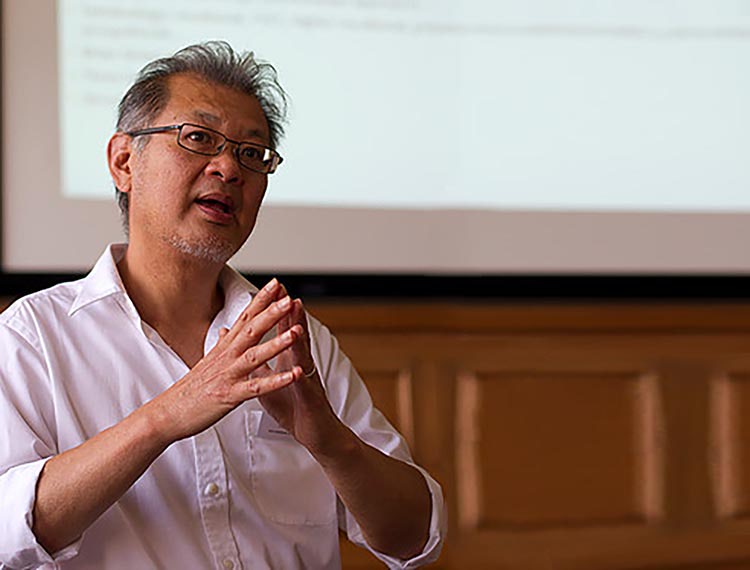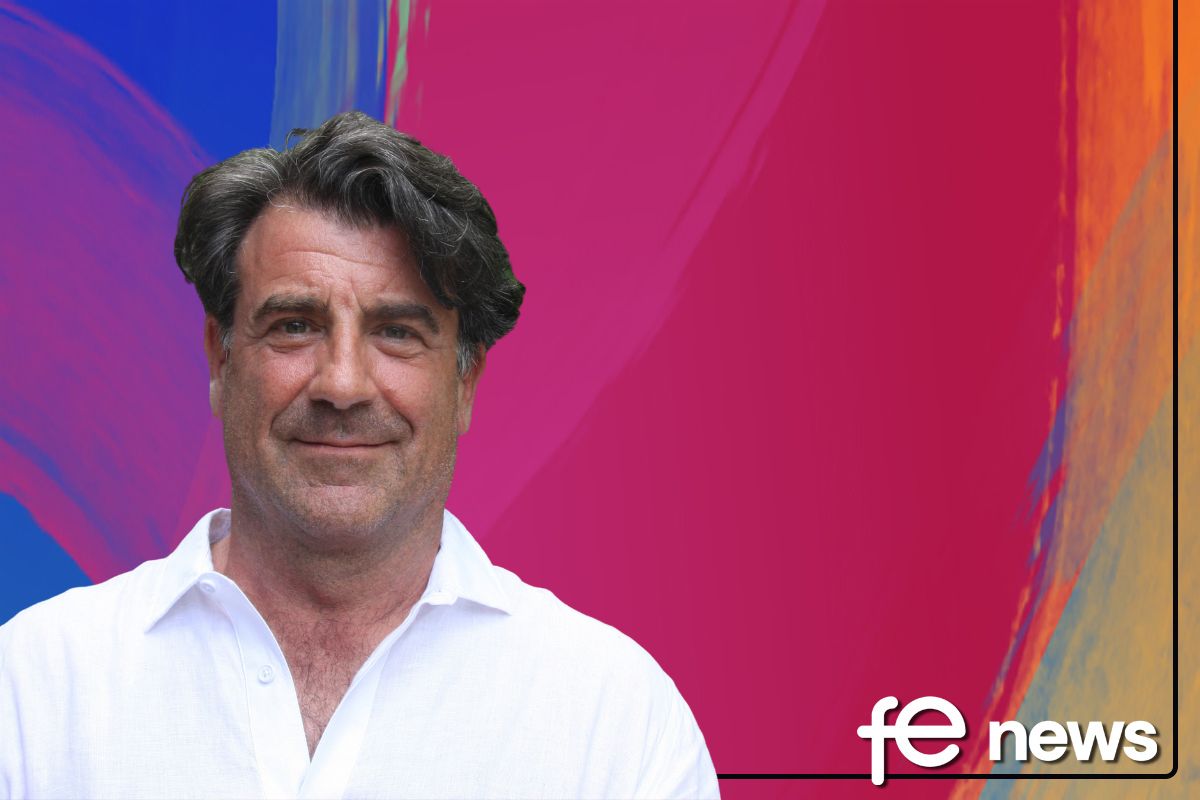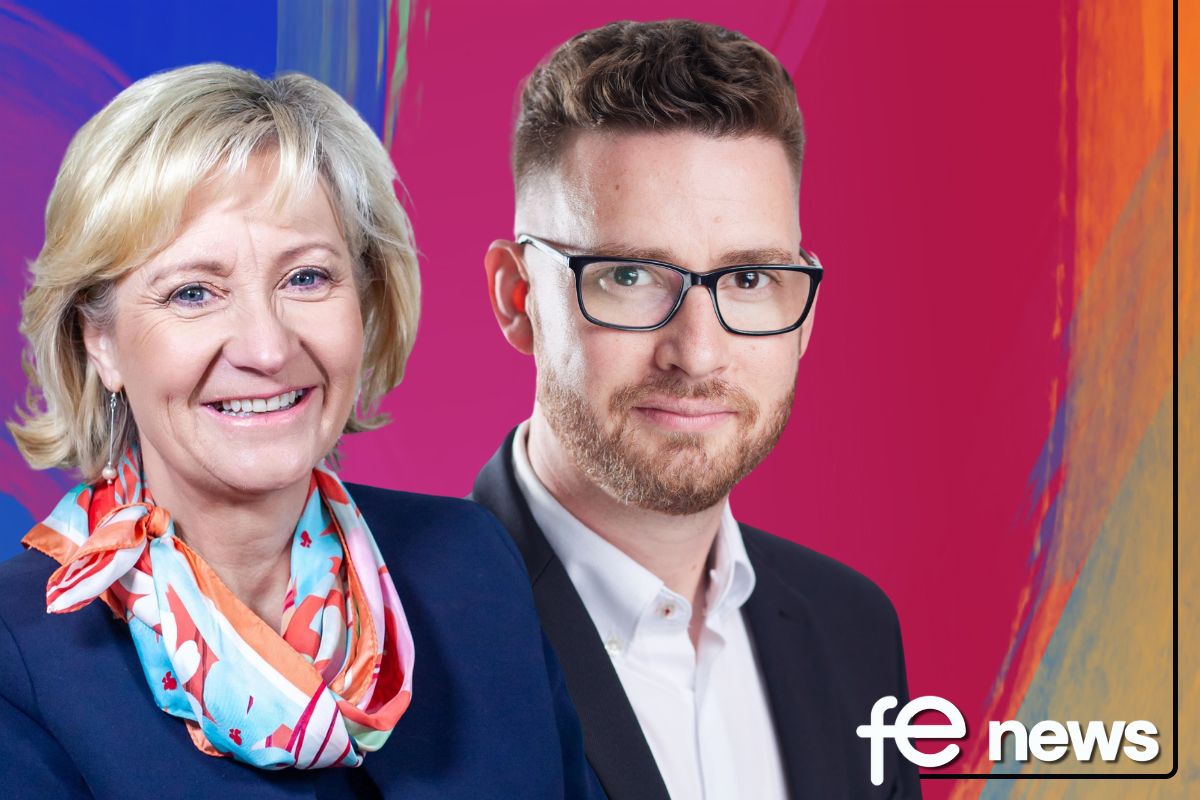The importance of abilities, attitudes and skill sets in Vocational Pedagogy

Case study of an art and design lecturer – Vocational Pedagogy #3
This is the final of three articles on occupational pedagogy in FE (Loo, 2018), and is focused on an art and design lecturer (OP5). The structure is based on the conceptual framework in the first article, which provides details of knowledge acquisition and applications.
OP5 works at a further education college in England for 13 years, six of which have been involved in higher education courses.
She, now in her early sixties, did a first degree in Constructed Textiles at a higher education institution in Northern Ireland, followed by a research diploma in textiles and a Masters degree at one of the prestigious art institutions in London.
She later followed up with a teaching qualification. She is currently teaching on Levels 1-3 (BTEC) programmes in fashion and design three days a week, and the rest of the time, as a fashion designer – designing and creating garments for sale.
Knowledge acquisition
OP5 mentioned her occupational knowledge when she was training as a fashion designer as well as practising as one concerning a tango dancer. The nature of the yarn used and also the style of dance movements along with the physical attributes of the dancer would affect the flow of the garment. OP5 also draw on other sources for her work.
In particular, she mentioned going to exhibitions such as the Alexander McQueen: Savage Beauty (2015) at the Victoria and Albert Museum in London. These sources and inspirations are insightful as they offer us a greater understanding of where these sources may derive.
In that sense, this insight has implications for not only the teacher like OP5 but more particularly, the policy makers where a vibrant society with supportive infrastructure which offer potential stakeholders like OP5 access to art exhibitions where they can draw ideas and inspirations.
Particularly relevant to teaching, she indicated that these could be knowledge from drawing and teaching how to look:
Drawing might mean the drawing of garments as ideas and visualising this cognitive process through the paper medium and engaging with her learners as to the various aspects of the designs concerning the cut, style and colour of the garments.
Knowledge gained may be through the use of different practical skills as ideas that are portrayed on paper can change radically when these materials and equipment are handled. It is through experimentation and exploration that such know-how is gained.
The transformation of ideas and concepts from one medium to another offers opportunities to gather practical know-how, which otherwise may not have been possible if one is to work in a digital medium. In this digital or knowledge economy, one would imagine that quite a lot of this type of work might be performed using a software programme (in sectors like architecture, engineering and video gaming).
The types of know-how include cognitive knowledge or “knowledge stored in my head” from things learned, read, seen and discussed”, and from visiting practitioners in the field of fashion and design. They might be knowledge learnt from peers, and this might include technical know-how.
Other forms of knowledge may include learning from peers’ demonstrating, sharing and providing ideas and concepts that they might have thought of, used recently or gleaned from others or external sources such as exhibitions and the Internet.
The explicit forms of knowledge are from books, journals, professional magazines and Internet sites. OP5 also mentioned that planning extra curriculum events such as fashion shows could expand learners’ knowledge.
Knowledge applications
In the staging of Gloriana (about Queen Elizabeth I in the 16th century) event, costumes were created by the students with the accompanying music from Britten’s opera (20th century). The learners had to design and fashion the QEI’s garments, which she described as complex, which entailed small bits of the sleeves, apron, hats, collars and different types of yarn that went into the making of these costumes. The students learned an eclectic range of knowledge, capabilities and skill sets instead of just fashion and design ones.
From the conceptual framework perspective, the forms of knowledge relating to her occupational practice like her know-how of the related opera and her stored sources of ideas were gained from attending exhibitions, etc. These sources of occupational knowledge are then recontextualized to her professional activities.
This process involves two stages:
- The first as content (CR) into occupational knowledge that is relevant to her professional practice such as using the ideas from the exhibitions to make them relevant to her professional work. She uses her professional experiences via the occupational recontextualization process (e.g. of knowing the issues of choosing the appropriate glove design, cutting and stitching).
- Her experiences with her work knowledge (such as the specific systems and protocols and network contacts) enabled her to combine her ideas from the exhibitions to fashioning a particular type of glove for her clients.
From the pedagogic point of view, one may suggest that her willingness to engage her learners in a complex and creative project like the QEI means that she is happy to engage with her learners from where they come from concerning their levels of knowledge, abilities and skills.
This social constructivist approach can be related to her pedagogic-related disciplinary know-how that she may have acquired in her PGCE period. This pedagogic know-how needs to be recontextualized to her specific teaching requirement (Content Recontextualization), and this pedagogic knowledge needs to be modified specifically to this event through a process of pedagogic recontextualization.
This form of recontextualization, however, requires work knowledge which in this example, the highly supportive culture of her FE college to experiment with innovative ideas and also to facilitate her learners’ acquisition of the relevant know-how (i.e. knowledge, abilities, capabilities and skill sets).
These pedagogic activities might take the form of teaching her learners the ideas behind this QEI event; the designing and fashioning capabilities along with allowing them to experiment with different materials/yarns, design patterns from the sketching to the actual implementation processes.
The choice of her teaching strategies would be informed by the stages of the event. She gave the example of glove making for this event which the students tried different materials, patterns, cutting, joining and stitching (using blanket stitch) together (especially the thumbs, which proved incredibly challenging to master.
Regarding teaching strategies, she mentioned that demonstration was used in illustrating the stitching of the gloves as an example. The choice of teaching strategies could occur from the final recontextualization process (i.e. Integrated Applied Recontextualization). IAR recontextualization brings together a complicated set of know-how to delivery to her learners via the appropriate range of teaching strategies.
OP5 explains her pedagogic vision for her learners in this manner:
I want to offer my students a whole broader view of life and learning…and depending on the background of the students and the sharing within the class how this grows a person.
A planned class is one thing but to have a store of knowledge from personal enthusiastic research into the breadth of art and design through visiting London [e.g. the McQueen exhibition at the VAM] and other exhibitions, then reflection in action the knowledge that can be used spontaneously bringing energy to the regular learning plan.
Summary
In this series on occupational pedagogy, the first article covered the conceptual framework, the second one on its relevance to vocational programmes, and this article centred on a specific lecturer.
So, for a succinct definition of occupational/vocational pedagogy: it is a complex activity involving teaching and learning on work-related programmes. In this activity, knowledge is applied to a specific lesson using the appropriate teaching strategy or strategies.
There are three knowledge types:
- The first know-how may consist of forms of knowledge (e.g. disciplinary, pedagogic and institutional/work).
- The second relates to experiences (occupational, pedagogic and life).
- The third type is abilities, attitudes and skill sets (e.g. problem-solving, patience, and inter and intrapersonal skills).
These forms of explicit or tacit know-how are modified through the recontextualization processes from curriculum development to teaching, where the eventual know-how offers insights into the choices of teaching strategies to a specific occupational/vocational session.
Dr Sai Loo, UCL Institute of Education, University College London
Sai Loo (PhD, MA, BSc, FHEA, ACA, FETC) has taught in FE and worked in industry as a Chartered Accountant. Sai has published over 120 articles, conference papers and keynotes (84 per cent are single-authored) including six research monographs with Routledge. His research area is ‘occupational education’ across teaching, learning and work settings from pre-university to professional education.
References:
Loo S (2018) Teachers and Teaching in Vocational and Professional Education. Abingdon: Routledge.











Responses